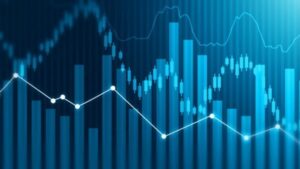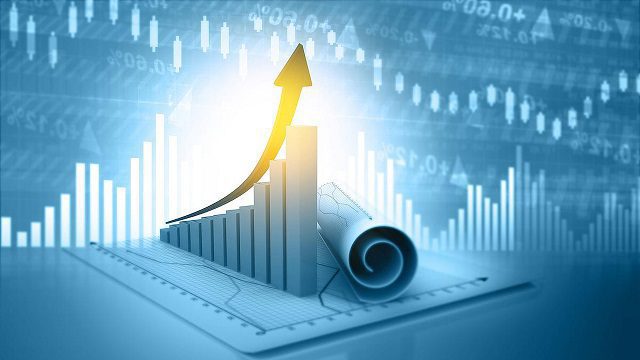Economic Recovery slow: Beijing demanded stimulus after the Chinese economy stalled. The second-largest economy grew 6.3% in AprilJune, below economists’ expectations, according to the NBS. GDP grew 0.8% after 2.2% in the first quarter.
Last year’s COVID-19 lockdowns devastated China’s economy, especially Shanghai’s financial center. Economic indicators slow after a 4.5% first-quarter rebound.
Consumer spending and business confidence have slowed, confirming the economy’s slowdown. After a surge of pent-up demand upon reopening, Moody’s Analytics economist Harry Murphy Cruise says the pandemic has slowed China’s recovery. Beijing’s stimulus is insufficient.
Investors and policymakers worldwide are watching China’s slowdown response. China’s growth slowdown affects many importers, US Treasury Secretary Janet Yellen said in Beijing. Economic data weakened the Chinese yuan and stock markets, causing concern.
China’s complex economy. Consumers spend cautiously. June retail sales grew 3.1%, down from 12.7% in May and the slowest since December, when most COVID-19 restrictions were lifted.
Second, private businesseswhich drive the economy and employ most peoplereluctantly hire and invest. Private sector fixed asset investment fell 0.2% in the first half after 0.1% in the first five months. State-sector investment rose 8.1% JanuaryJune.
Property has plummeted. In the first half, property investment fell 7.9% and floor area sales 5.3%.
Finally, the weak global economy has exacerbated China’s problems. June exports fell 12.4%, the biggest drop in three years, while imports fell 6.8%, worse than expected.
The PBOC cut rates to boost bank lending and growth. The world’s largest electric vehicle market received tax breaks for new energy vehicles.


READ MORE: Webb Telescope Discovers Ancient: Supermassive Black Hole A Glimpse Universe Past
Analysts call these measures inadequate. Goldman Sachs forecasts fiscal, housing, and consumption easing. Cruise expects monetary easing.
PBOC deputy governor Liu Guoqiang promised “countercyclical adjustments” to boost growth. Example: recession stimulus and boom bank lending restrictions. Liu predicted no second-half deflation in China. He advised patience because current measures worked.
Chinese leaders have signaled a change after two years of crackdowns on tech giants. Premier Li Qiang recently called internet executives “trailblazers of the era.” The National Development and Reform Commission praised internet companies for their economic contributions, while government agencies released long-awaited generative AI industry regulations. This emerging technology is supported by these relaxed regulations.
Positive news lifted the Hang Seng Tech Index by 8%, its best weekly performance since December 2022.
China slows. The second-largest economy needs more stimulus and targeted easing to grow.
Also Read: A Progressive Wave in the Senate: Biden Diverse Judicial Nominees
Our Reader’s Queries
How long will the economy take to recover 2023?
U.S. analysts anticipate a substantial drop in earnings by -16% in 2023, followed by a strong rebound in 2024.
What are the challenges of economic recovery?
Governments must tackle the challenge of not leaving behind small and medium-sized enterprises, which play a significant role in many economies. These smaller companies are the driving force behind local economies and are essential for building a robust middle class.
Why is the economic slowdown?
Government actions, like boosting interest rates and taxes or slashing public spending, typically cause the economy to slow down. This happens because when interest rates and taxes go up, and government spending goes down, people tend to spend less and demand for goods and services decreases.
Is the economy really recovering?
The U.S. economy has grown by over 5 percent since 2019. Core inflation in the United States is now lower than in many other advanced economies. The labor market recovery in the U.S. has been incredibly strong.

